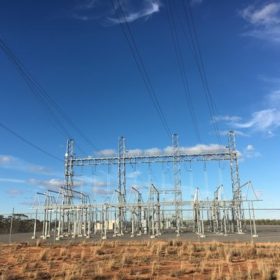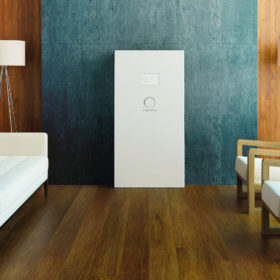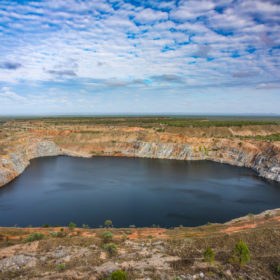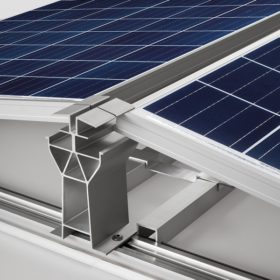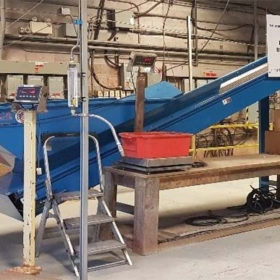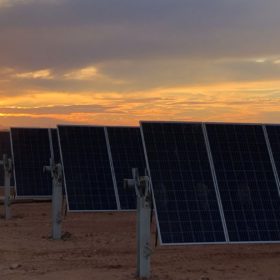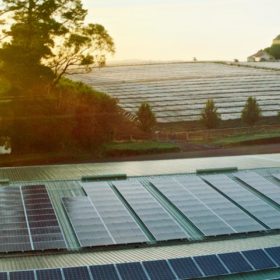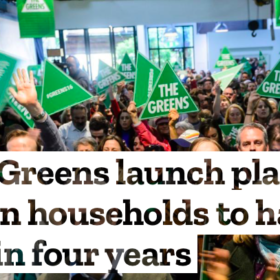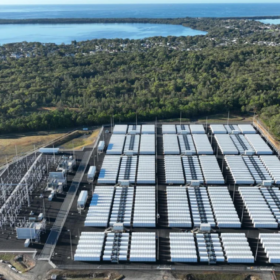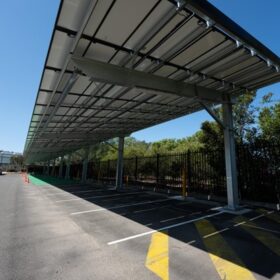AEMC to fast track approval of SA-NSW interconnector
After it garnered broad support in political and industry circles, the proposed SA-NSW interconnector is in line for a speedier approval than expected, with the AEMC looking to fast-track the regulatory approval process.
Shell moves to acquire German storage business Sonnen
In May 2018, oil giant Shell invested in German manufacturer Sonnen. Now the 112-year-old company wants to fully acquire the business, subject to Germany’s monopoly authorities. Sonnen said it hopes the deal will accelerate its growth by expanding its market reach and capacity.
Genex Power starts works on 250 MW pumped hydro project
With financial close still in the works, Sydney-based publicly listed Genex Power has moved on the Kidston Pumped Storage Hydro Project, part of its landmark renewable energy hub in far-north Queensland, signing an early works agreement with EPC contractors McConnell Dowell and John Holland.
ShineHub selects Hanwha Q Cells for its lease-to-own model in SA
Solar ‘lease-to-own’ installer ShineHub has chosen Hanwha Q Cells as preferred solar panel provider for its Community Solar Program under the South Australian battery scheme.
Neometals commissions li-ion battery recycling pilot plant
Australian lithium developer Neometals has taken its lithium‐ion battery recycling technology to the floor at a pilot plant in Canada. SGS Canada has been contracted to construct and operate the pilot at its Lakefield facility, and handle both the front-end feed preparation and hydrometallurgical processing/refining stages.
CEDA calls for strong government policy “in areas we can control”
The Committee for Economic Development of Australia (CEDA) has released its 2019 Economic and Political Overview, calling for “durable policy in energy and climate change” in a year it says will be wracked by economic uncertainties.
Vietnam mulls multi-layered FIT scheme as it kicks energy transition into gear
With its feed-in tariff set to expire at the end of June, Vietnam is considering different levels of payment, classified across three irradiation regions and involving four solar technologies. Future payments would range from $0.0659-0.0985/kWh, with the cloudy north in line for the highest tariffs and with the government likely to revise tariffs for new projects every two years.
EnergyAustralia to help charities slash power bills with solar+storage
Backed by an estimated $15 million raised from the sale of renewable energy certificates, EnergyAustralia will install free solar PV and battery systems for participating charitable organizations, with the goal to connect them into a virtual power plant and slash their electricity bills by as much as 50%.
NSW Greens add to solar election momentum, to mandate solar, storage on new builds
A proposal to mandate solar and storage systems for all new dwellings has been proposed by the NSW Greens in the lead up the state election. The policy is a part of a wider package that the party says will see one million households add rooftop PV over four years.
New Zealand identifies 11 GW solar potential
The nation already meets well above 80% of its electricity demand from renewable energy. With e-mobility and electric industrial processes on the rise, higher demand has created new development opportunities.
